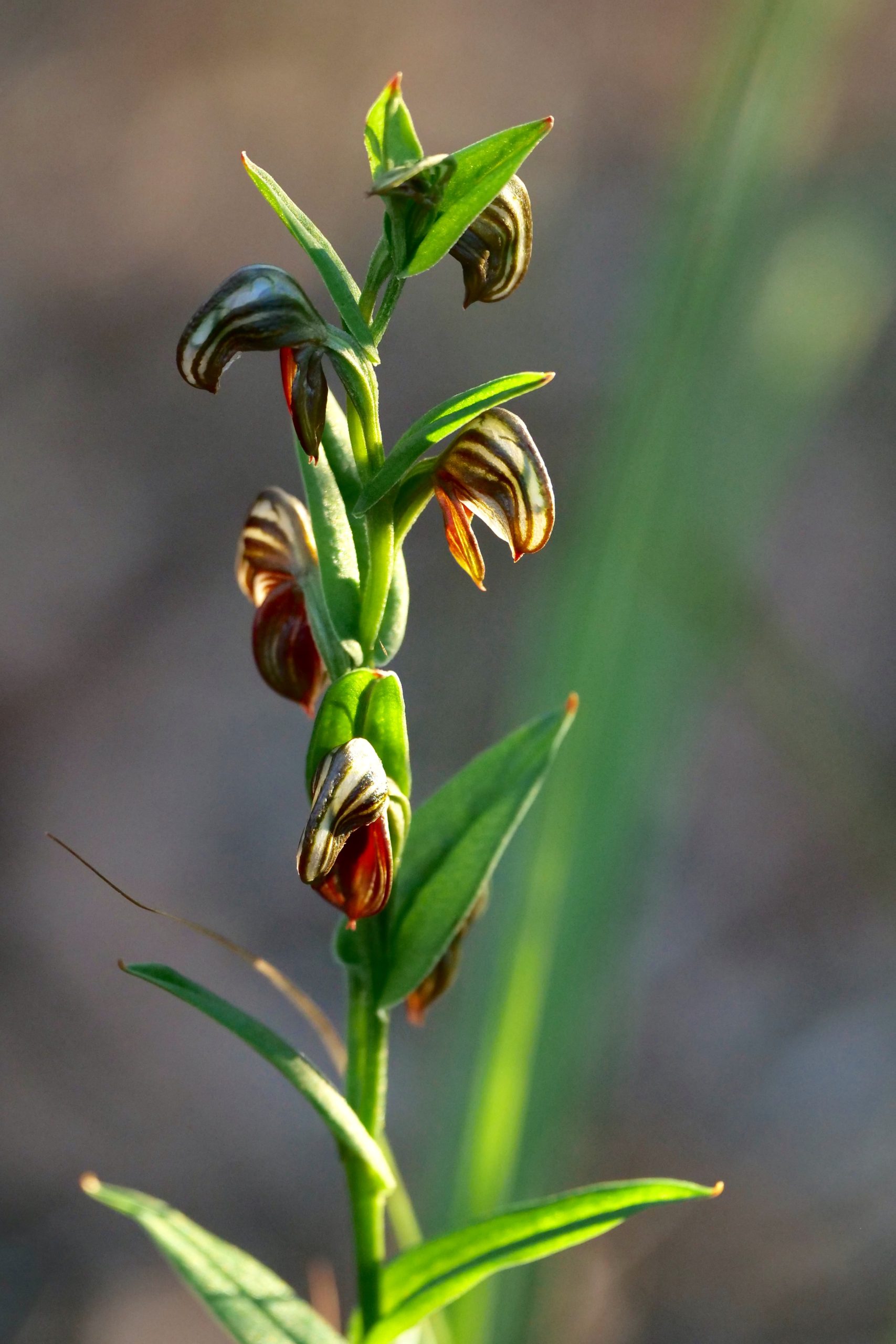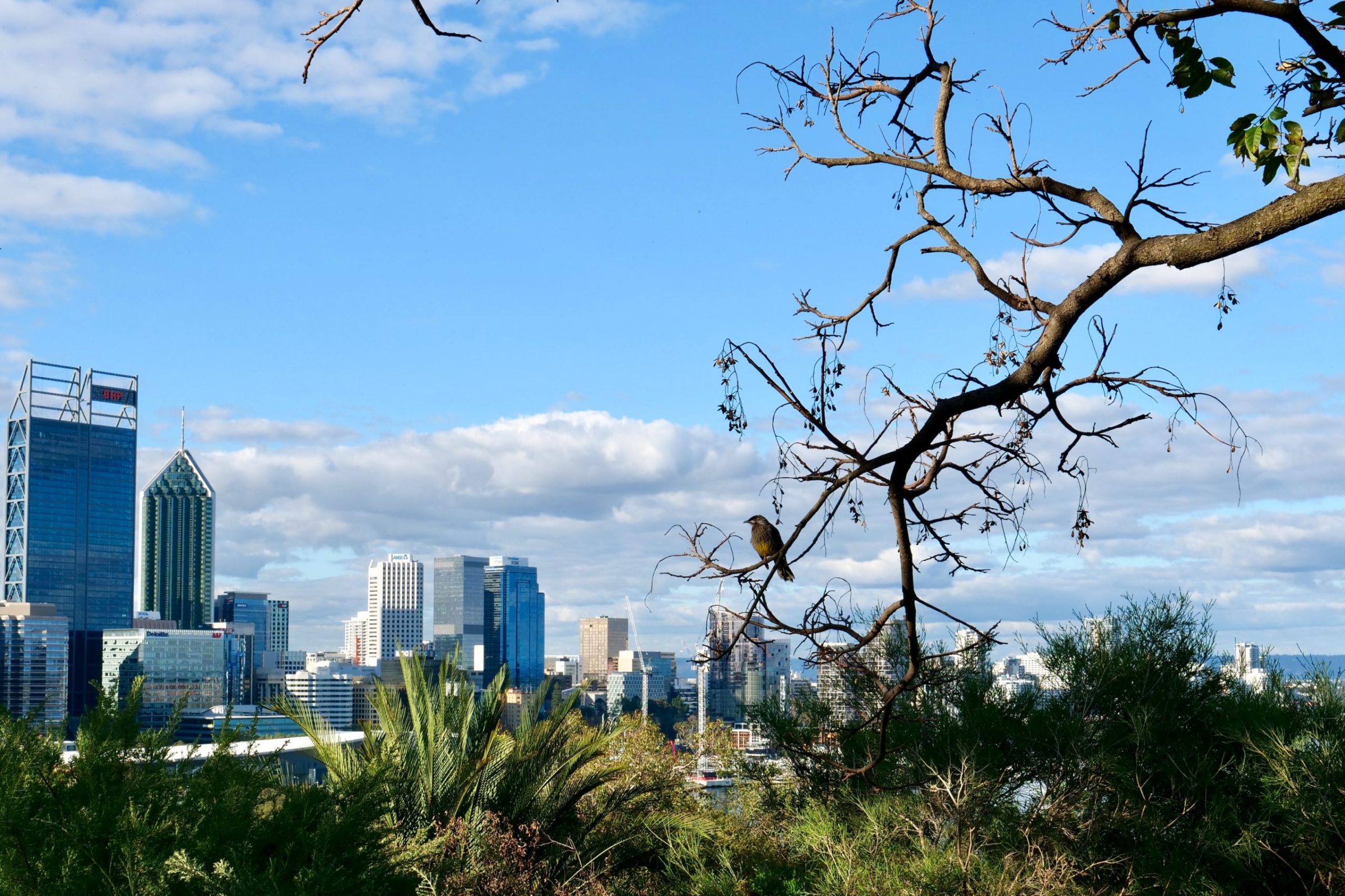This post alerts you to two provocative essays about Australian governments’ approach to “public spending”.
One looks at general home truths, facts, fictions and illusions, with particular reference to our “post-pandemic” economic & social well-being.
The other addresses Australia’s response to “the threat from China”.
According to Richard Dennis, we Australians are reluctant to look into the simple truth hidden in plain sight:
our governments have always been willing to spend a fortune helping some groups while pretending we “can’t afford” to support other groups.
As Dennis notes in the same essay, published in the July 2020 issue of The Monthly:
In the culture war that is Australian policy debate, funding for the ABC drives up our debt, but removing the local content obligations of struggling commercial broadcasters saves jobs.
He also says this:
Every million dollars spent on labour-intensive activities such as aged care and childcare creates, literally, 10 times as many jobs as a million dollars spent on construction or mining projects. And when it comes to creating jobs for women, government spending on education and health is much more effective than spending on construction or mining.
Click here to read all of Weal of Fortune.
Raising The Price of War is an online essay for Inside Story, published on July 6, in the wake of the Australian Government’s announcement of an apparently-dramatic shift of approach to/boost in military expenditure.
Everyone knows that the key threat which this is supposed to address comes from China.
This essay’s author is Adam Triggs, Director of Research at the Asian Bureau of Economic Research at ANU and a Non-Resident Fellow at the Brookings Institution.
He believes the threat is real – the relationship between the world’s two most powerful nations has become toxic, and war has become a likelier prospect,
However, Adam Triggs thinks the recently-announced Australian military response to all this is fundamentally wrong, as are those who advocate an Australian “decoupling” from China.
A key reason the threat of war has increased is that war has become cheaper. By cutting trade, investment and people-to-people links — and the mutual economic benefits that come with them — the West’s decoupling from China, Russia and others makes the cost of going to war lower and the probability of war higher. Australia’s security will be diminished for as long as this process of “decoupling” continues. Increased defence spending ignores the root cause of the problem.
Triggs notes, that as things still stand, If war were to break out, the United States and China would both instantly lose their biggest customer.
He also reminds us that in the “China threat” context, Australia’s military potency will remain modest, however much we boost our military expenditure/posture.
Australia’s openness underpins our prosperity. But it also underpins our security. Our openness boosts our economy, which funds our military. Our openness also makes Australia an expensive adversary. With $900 billion of two-way trade, $4 trillion of foreign investment and 7.5 million people living here who were born overseas, conflict with Australia would be expensive. But the more we chip away at these trade, investment and people-to-people links — as some are proposing — the cheaper war becomes, and the less secure Australia becomes.
Read the full essay, here.
—
Footnote…what’s with the photo? (copyright Doug Spencer, taken 19 June 2020, it shows the eastern half of Perth’s CBD, as viewed from the rim of Kings Park)
I doubt that many visitors to Perth will retain vivid, fond memories of any of the city’s “Dallas on Swan” skyscrapers.
However, I strongly suspect that no visitor to Perth ever forgets Kings Park; who’d have expected to find one of the world’s finest urban parks – one bigger than, and enormously more biodiverse than New York’s Central Park – in a modestly-populous city which vies with Honolulu as “the world’s most isolated city”?
(in truth, the title belongs to Honolulu)
Annual visitor numbers to Kings Park exceed five million.
Perth metropolitan area population is a little more than two million.
Of course, not a few of the “five million” are Perth residents who go to Kings Park many times per year – my beloved and I would be around fifty of the five million.
Still, it is a stunning figure; it vastly exceeds the annual attendance at what some Perth folks proclaim “the world’s best stadium”.
Even if you never get to Kings Park, chances are excellent that it has benefited you.
Kings Park is a globally significant centre of botanical research (guess whence came the first non-British head of Kew Gardens?), and is a very “switched on” communicator of useful information to the general public.
(click this for one of umptidleen examples)
Remember how bloody difficult it was to persuade many highly desirable “Australian natives” – most especially the West Australian species – even to germinate, much less thrive in your garden?
No prize for guessing whence came the solutions which have enabled at least hundreds of thousands of domestic gardeners to enjoy success with assorted banksias, kangaroo paws et al.
Think of the amount of water saved, as those plants replaced much thirstier species.
Remember the joy those plants bring to people, all over Australia…and beyond.
So-called “free” enterprise built most of Perth’s skyscrapers.
It would never have given us Kings Park.


My goodness Doug. You are so right (in my opinion). Kings Park is a treasure. Never more than now do we need natural treasures – for mental good health let alone other ecological and historical measures.